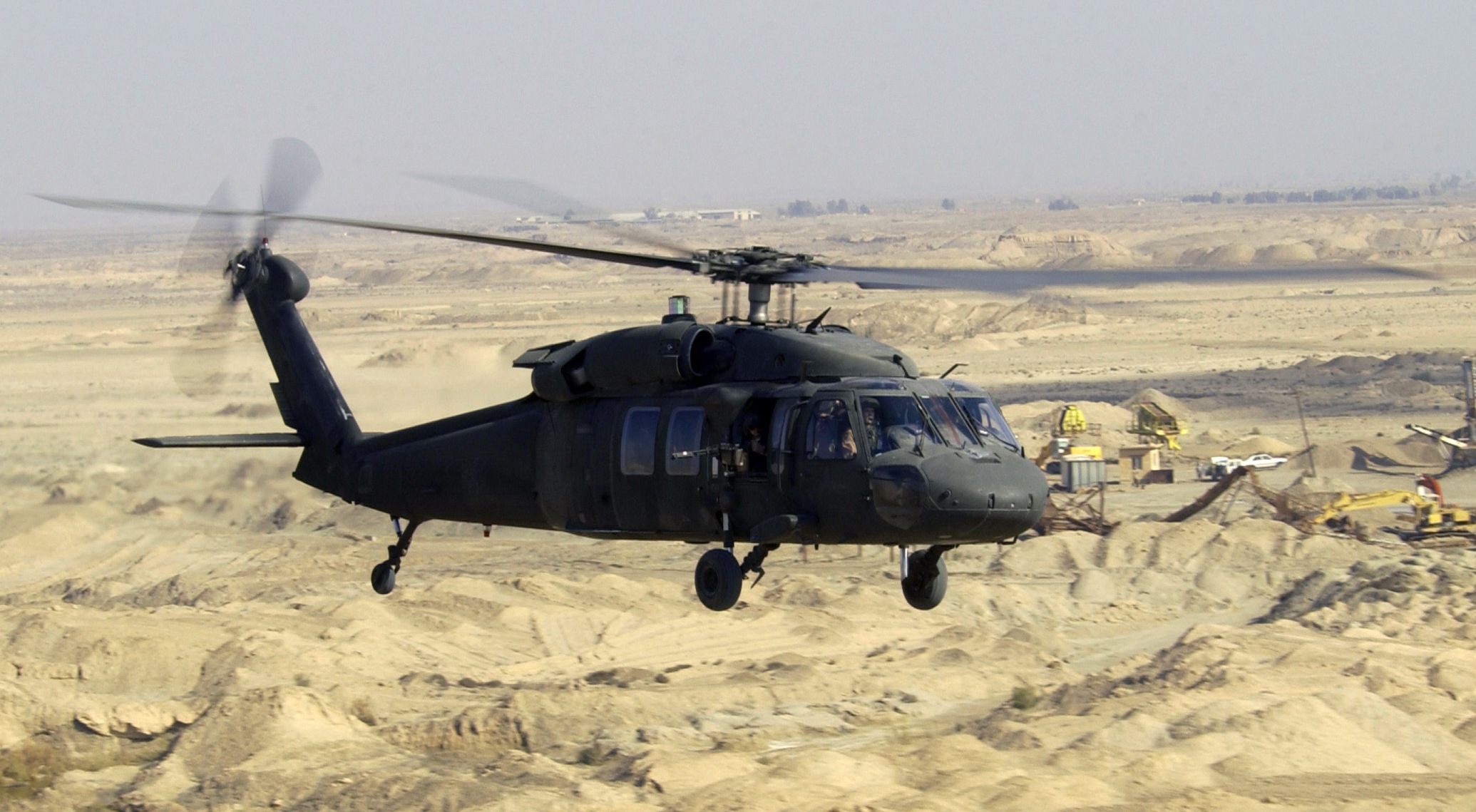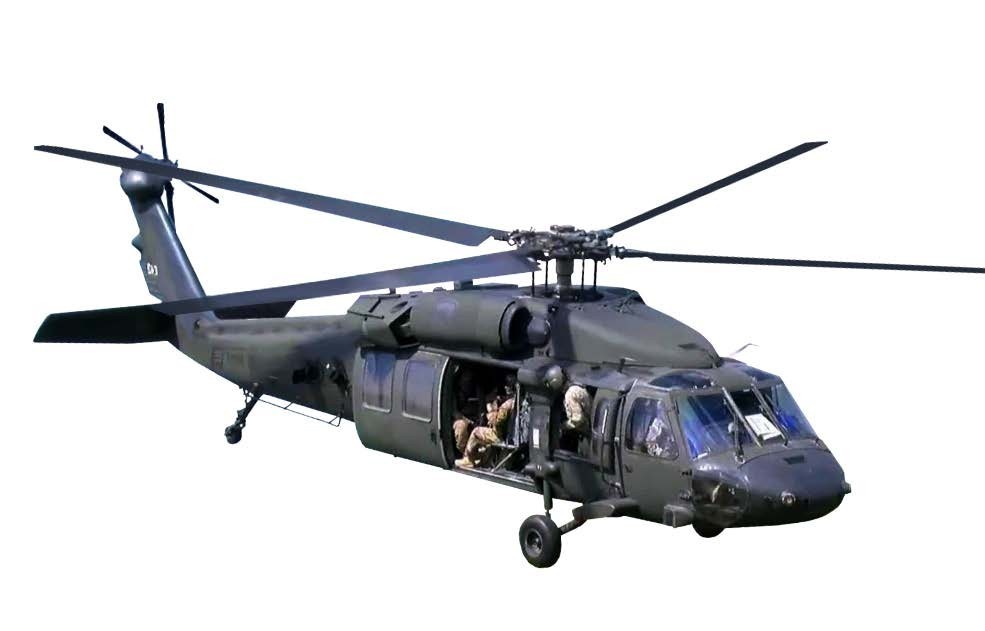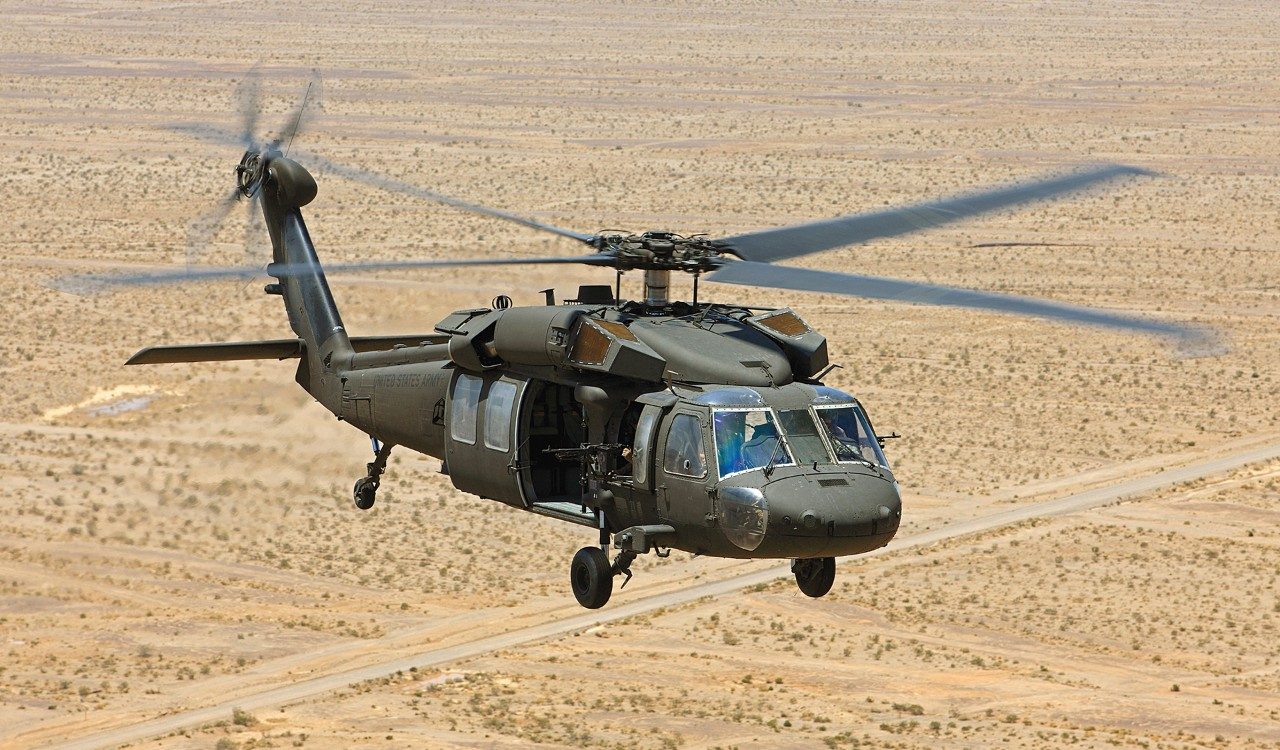UH 60 Helicopter Demystified: A Closer Take A Look At Its Advantages and Core Parts
The UH-60 helicopter, often shrouded in a veil of mystery, stands as a formidable aircraft with a myriad of benefits that make it an important possession in both armed forces and private procedures. From its durable engine and propulsion system to its intricate avionics and communication equipment, the UH-60 is a marvel of modern-day design. Its architectural style and innovative products play an important role in its efficiency and durability. As we delve right into the core elements and operational capabilities of this flexible helicopter, a deeper understanding of its significance in numerous fields arises, clarifying its pivotal duty in air travel.
Advantages of UH-60 Helicopter
The UH-60 helicopter attracts attention for its extraordinary versatility and dependability in a vast array of goals. One of its vital advantages is its capacity to adapt to numerous roles, such as army transport, clinical evacuation, search and rescue, and fight support. This versatility makes it a beneficial asset to military pressures worldwide. One more advantage of the UH-60 is its remarkable performance capacities. With a leading speed of over 150 knots and a variety of about 320 nautical miles, the UH-60 can promptly transport employees and tools over long distances. Additionally, its sophisticated avionics and navigation systems improve situational recognition, allowing pilots to operate safely in varied environments, consisting of damaging climate condition and harsh surfaces. Additionally, the UH-60's resilient construction and effective engines add to its integrity, making sure that it can properly perform missions in also the most challenging circumstances. Overall, the UH-60 helicopter's flexibility, efficiency, and integrity make it a favored option for a large variety of functional demands.

Engine and Propulsion System
Engineered to move the UH-60 helicopter via the skies with precision and power, the engine and propulsion system form an integral component of its operational performance. The UH-60 is powered by 2 General Electric T700-GE-701D engines, each efficient in delivering up to 1,890 shaft horse power. This engine setup not only gives the needed thrust for the helicopter's lift and forward activity but additionally makes certain redundancy for safety in situation one engine falls short. The UH-60's propulsion system includes a four-bladed major rotor system and a tail blades, which work in tandem to supply security, maneuverability, and control throughout flight. The primary blades produces lift, while the tail blades counteracts the torque generated by the main blades to avoid the helicopter from rotating uncontrollably. With each other, the engine and propulsion system allow the UH-60 to carry out a large range of objectives, consisting of army transport, clinical discharge, and search and rescue operations, with dependability and effectiveness.

Avionics and Communication Tools
Avionics and communication devices play an important duty in enhancing the functional capabilities and situational understanding of the UH-60 helicopter. uh-60 blackhawk. The UH-60 is equipped with innovative avionics systems that include digital display screens, communication radios, navigating systems, and mission-specific equipment. These systems give the aircrew with important details such as aircraft performance information, navigation advice, weather condition updates, and communication channels to communicate with ground control and various other aircraft
One secret part of the avionics suite is the Multi-Function Show (MFD), which consolidates essential trip information onto a solitary display, reducing the pilot's work and improving situational recognition. The UH-60 likewise includes an advanced interaction system that allows smooth coordination in between team members and outside companies.
In addition, the helicopter is geared up with radar systems for surface mapping and hazard detection, boosting its capacity to operate in diverse settings. On the whole, the combination of sophisticated avionics and communication devices makes certain that the UH-60 remains an extremely qualified and reliable platform for a broad variety of objectives.
Structural Style and Materials
Integrating advanced products and ingenious style techniques, the structural integrity of the UH-60 helicopter is try here maximized for efficiency and durability. The UH-60's airframe is primarily created from light-weight yet robust materials such as aluminum and compound fibers. These products supply a high strength-to-weight proportion, crucial for ensuring the helicopter's ability to move and structural resilience during flight procedures.
The helicopter's primary rotor blades are commonly this hyperlink made from composite products, offering boosted toughness and fatigue resistance contrasted to typical metal blades (uh-60 blackhawk). This design selection contributes to boosted aerodynamic efficiency and decreases maintenance needs gradually

Role in Military and Private Citizen Workflow
The structural style and materials of the UH-60 helicopter play a pivotal role in determining its effectiveness and flexibility in both armed forces and noncombatant procedures. In armed forces settings, the UH-60, likewise referred to as the Black Hawk, serves a large range of vital functions. It is made use of for army transport, clinical emptying, combat assistance, search and rescue objectives, and special procedures insertion and extraction. The helicopter's dexterity, speed, and ability to run in varied atmospheres make it an indispensable property for army forces around the globe.
In civilian operations, the UH-60 is commonly employed for emergency medical services, firefighting, law enforcement support, catastrophe alleviation initiatives, and search and rescue objectives. Its capability to swiftly transfer personnel and cargo to remote or otherwise inaccessible areas has actually proven instrumental in saving lives and supplying critical support throughout emergency situations. The UH-60's reliability and flexibility make it a preferred selection for various private companies looking for reliable and reputable aerial support.
Final Thought
